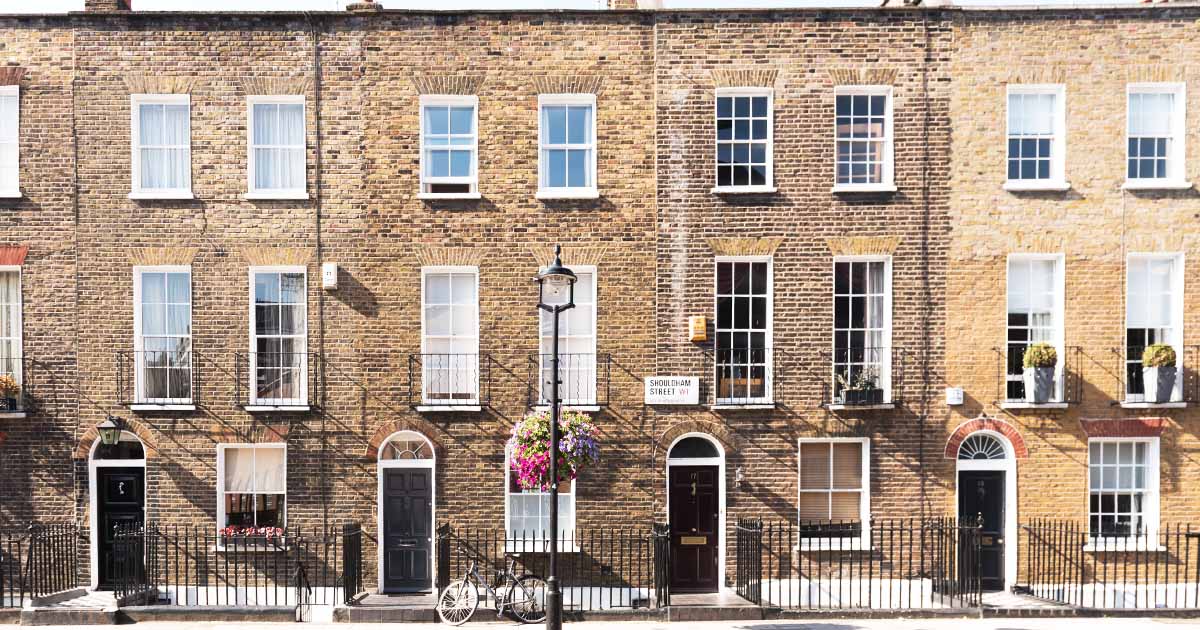Key takeaways for UK Private Clients – 2024 Autumn Budget

There are some finer details yet to be released, but here is a summary of the key takeaways from the 2024 Autumn Budget:
Capital Gains Tax (CGT)
Rates of CGT – immediate changes
Despite rumours of CGT hikes to bring rates in line with income tax, residential property rates for CGT remain at 18% for basic rate taxpayers and 24% for higher and additional rate taxpayers. Non-residential property rates increase from 10% to 18% for basic rate taxpayers, and from 20% to 24% for higher and additional rate taxpayers (including trustees and personal representatives).
Business Asset Disposal Relief – changes from 6th April 2025
The rates for disposals qualifying for Business Asset Disposal Relief will increase from 10% to 14% next April, and from 14% to 18% for disposals after 6th April 2026. See further detail in our briefing here.
Limited Liability Partnership’s (“LLPs”) liquidation – immediate changes
CGT will be triggered on the return of assets to members on the liquidation of an LLP.
Inheritance tax (IHT)
We knew that IHT reliefs were under scrutiny, and there was a lot of speculation about the form any changes would take.
Before going through the changes, it is worth briefly explaining the current position. Broadly speaking, IHT is due on a person’s estate at 40% on the value over and above their IHT nil rate band (NRB) of £325k. It is also possible to claim the residential nil rate band (RNRB) of up to £175k when descendants inherit qualifying residences.
100% relief is available on business and agricultural assets qualifying for Business Property Relief (BPR) or Agricultural Property Relief (APR), with no cap on the value of assets to which the reliefs apply. Those reliefs were designed to ensure that farms and businesses could be kept intact from one generation to the next.
NRB and RNRB thresholds
The existing NRB and RNRB thresholds will be frozen until 2030. (The NRB has not changed since April 2009.)
APR and BPR
From next April, APR will be extended to land managed under an environmental scheme, although the details are yet to be confirmed.
From April 2026, 100% relief will continue to apply to the first £1m of combined APR and BPR assets, with the excess qualifying for 50% relief only. For example, if you own £2m of shares qualifying for BPR, £1m of those shares would attract 100% relief, and the remaining £1m would be subject to IHT of £200k.
There will be a consultation in March 2025 on how the new allowance will affect trusts subject to the so-called relevant property regime (which levies a charge of 6% every ten years on assets held in trust).
Estates will continue to benefit from the NRB, RNRB and other exemptions (e.g. to spouses, charities etc.). However, it has been made clear that if any of the £1m relievable property allowance is not used on death, it cannot (unlike the NRB and RNRB) be transferred to a surviving spouse. Outright gifts will also continue to escape IHT if made at least seven years before death – there had been concerns that Labour would increase the period to ten years.
There is no mention of the uplift on death for CGT purposes, and so it seems that it will continue to apply.
Assets currently qualifying for 50% relief will remain subject to that rate and will not use up any of the £1m allowance, meaning at least that the allowance is not ‘wasted’ on assets qualifying for a lower rate of relief.
Where there is a mixture of assets qualifying for APR and BPR at 100%, the £1m threshold will be divided proportionately. Taking the Government’s example “if there was agricultural property of £3m and business property of £2m, the allowance for the agricultural property and the business property would be £600k and £400k respectively”.
The instalment option can continue to be claimed on APR and BPR assets.
AIM
The rate of BPR on AIM shares will be reduced from 100% to 50%.
Pensions
Currently there is no IHT on unused pensions funds held in discretionary trusts.
From April 2027, IHT relief on pensions will no longer apply, regardless whether or not the unused pension funds are held in a discretionary trust. Pension providers, rather than the deceased’s personal representatives, will be responsible for sending HMRC the funds to pay the IHT on the unused pension.
It appears that recipients of the balance of unused pension funds (after pension providers have paid the IHT) will remain subject to income tax on withdrawals, meaning, in effect, a double tax charge.
IHT return (online filings)
HMRC will introduce a new online digital platform for filing IHT returns and managing payments.
Other
Private schools
As already announced, VAT will be charged on school fees from January 2025. The Government plans to legislate to remove the eligibility of private schools in England to business rates charity relief. It is intended that this will take effect next April.
Interest on late payment of tax
From 6th April 2025, the interest charged by HMRC on unpaid tax liabilities will increase by 1.5% to 4% above the Bank of England’s base rate. This will substantively increase the cost of claiming the instalment option on IHT.











